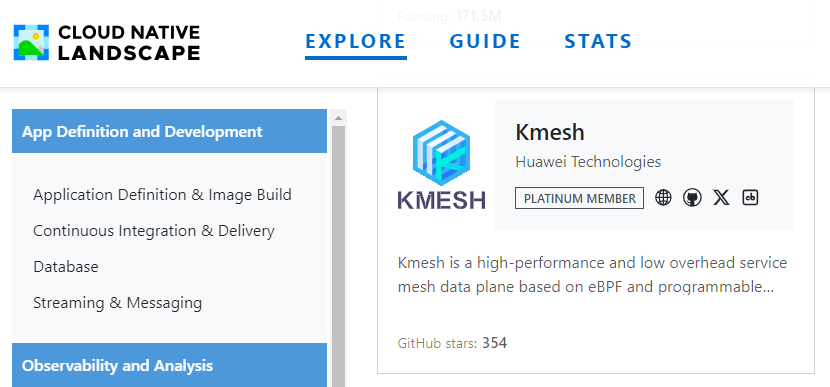What is a Service Mesh
The concept of a service mesh was introduced by Buoyant, the company behind the development of Linkerd software, in 2016. Willian Morgan, the CEO of Linkerd, provided the initial definition of a service mesh:
A service mesh is a dedicated layer for handling service-to-service communication. It’s responsible for the reliable delivery of requests through the complex topology of services that comprise a modern, cloud-native application. In practice, the service mesh is typically implemented as an array of lightweight network proxies that are deployed alongside application code, without the application needing to be aware.
In simple terms, a service mesh is an layer that handles communication between services. It ensures transparent and reliable network communication for modern cloud-native applications through an array of lightweight network proxies.
The essence of a service mesh is to address the challenge of how microservices can communicate effectively. By implementing governance rules such as load balancing, canary routing, and circuit breaking, the service mesh orchestrates traffic flow to maximize the capabilities of the service cluster. It is a product of the evolution of service governance.
